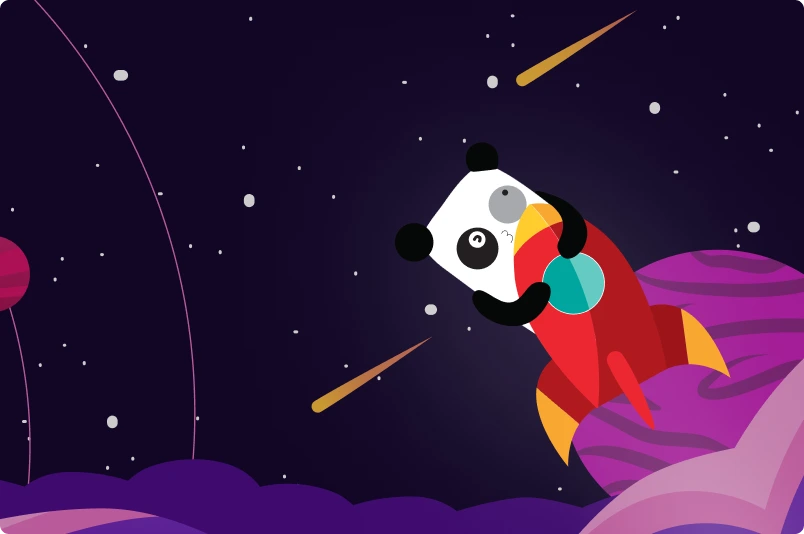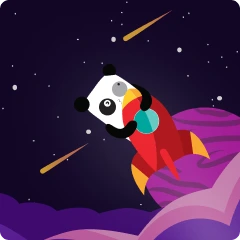Get Premium
Dark mode theme is available exclusively for premium users. Learn more about the benefits of subscribing.
 Dark Mode
Dark Mode  Ad-Free Browsing
Ad-Free Browsing  Unlimited Content
Unlimited Content 


 Ad-Free Browsing
Ad-Free Browsing  Unlimited Content
Unlimited Content  Dark Mode
Dark Mode Log In
or
Sign Up
Continue with Facebook Continue with Appleor
Reset your password
Enter your email address or username and we’ll send you a link to reset your password
Check your inbox
An email with a link to reset your password was sent to the email address associated with your account
Activate to continue
Your account isn't active yet. We've emailed you an activation link. Please check your inbox and click the link to activate your account